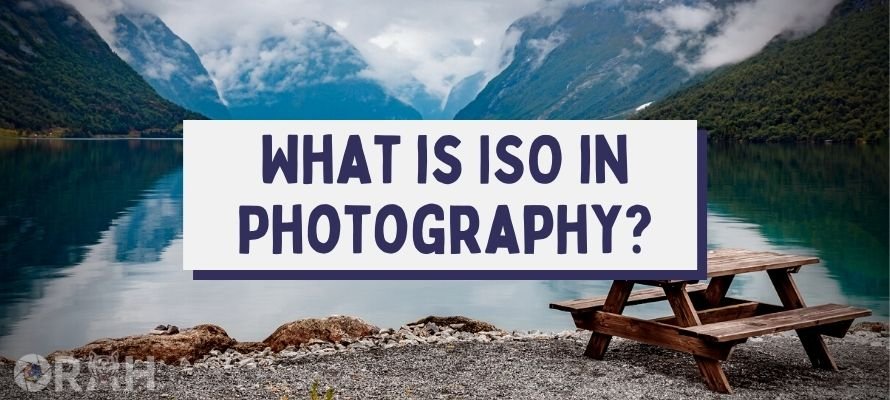
There is no way to overlook the fact that photography happens to be a lot of fun. However, having all of this fun is only useful for most people when you are finally getting the hang of every aspect that goes into taking photos.
Sure, you can pick up your phone and take the type of photos you would normally want to take.
However, if you decide to move over to the professional or manual mode, you will realize that there are a lot more options than you initially signed up for, and that is when things get complicated.
If you are wondering what is ISO on a camera, you are at the right place as I am going to break it down for you.
I have talked about various camera functions and settings in the past couple of months, and ISO is not something that one should be missing either. So, let’s not waste time and start exploring.
What Is ISO In Photography?
The thing with ISO is that it is not something that everyone is going to have a hard time understanding because of how simple the setting is when it comes to an understanding.
Still, some people have a difficult time making sense of what they are getting into, and that is understandable. In the simplest of terms, ISO is a simple camera function that can be used to either brighten or darken the photo.
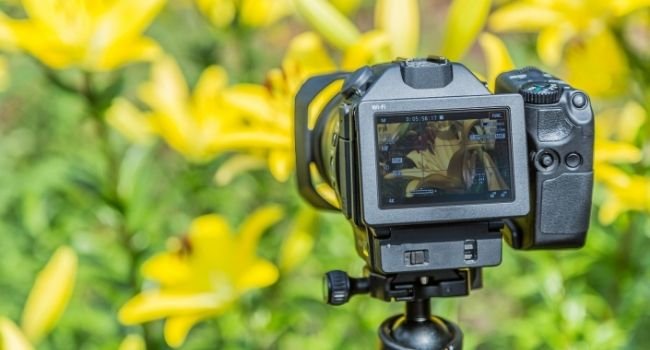
Increasing the ISO number is going to make the picture progressively brighter, and this is why higher ISO is used to take pictures in darker environments and can allow you to be more flexible with the aperture and shutter speed on your camera.
However, this does come at a cost. Raising your ISO has one massive drawback, and that is the fact that a higher ISO will show a lot of grain which is also known as noise, and the picture might not be usable at all.
So, brightening the photo using ISO is normally the last thing a photographer wants to do. Granted, some cameras like the Sony A7S III are good at higher ISOs, but this is not always the case with other cameras.
Meaning of ISO?
A lot of people are often wondering what ISO in a camera stands for, and to be honest, there is no real meaning to it. Sure, in the past, ISO was referred to as the sensitivity of film or light gathering.
But after some time, ISO was the universal term that everyone went for, and ever since that, we only know it as ISO.

I have managed to explain how ISO works in-depth previously. So, if you are genuinely interested in knowing what ISO is all about, you know what it means and how it works, as well.
However, I am not done yet as I am going to dissect the entirety of the ISO in this article.
Some Common ISO Values You Should Know
When you are talking about ISO, almost all the cameras have a set of values that you can tinker with. You cannot dial in your ISO values because you have to follow a set of standards.
The most common ISO values are listed below for your convenience.
- 100.
- 200.
- 400.
- 800.
- 1600.
- 3200.
- 6400.
The higher you go in ISO, the more brightness you will add in the photo, along with more noise.
ISO Sensitivity And Exposure
This is a bit advanced for most of the basic users, but if you are looking to get into photography, it is better that you are learning all the terms right away, and that should help you have a proper understanding.
For starters, a lot of people do not know that ISO sensitivity and exposure are often related and are directly proportional.
This means that if your ISO is lower and you are shooting in a scene that is not as brightly lit, you might get a picture that is underexposed.
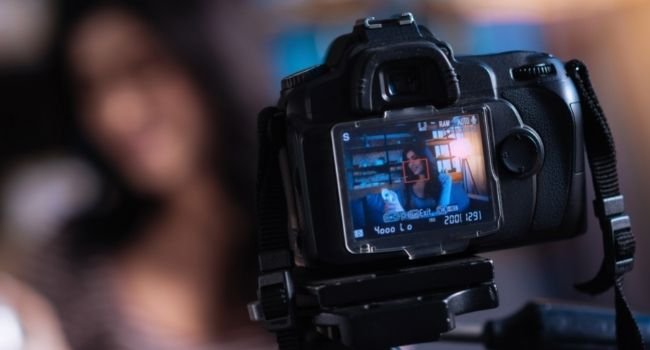
Similarly, if you are shooting in a brighter area, and the ISO value is on the higher side, you will experience an overexposed photo.
I understand that it takes some time before you get used to the ISO values and how they directly affect the exposure, but once you do master it and have a proper understanding of this situation, you will have a lot simpler and easier time deciding how things are going to be.
Just be sure that you are taking care of everything and then going ahead and getting serious about photography.
In all honesty, it might seem like a mountain at first, but the more you are learning about these settings, the better you are going to get at it, and this is only going to get better with time.
Once you have mastered the ISO settings, there are not going to be any issues once you have mastered everything.
How Does ISO Affect Image Quality And Noise?
So, by now, we are already familiar with the fact that ISO has a lot of effects on your image quality to a point that your image might end up being entirely useless, especially if you are using a camera that does not perform as well on higher ISO values.
However, the main question that a lot of people often ask is just how exactly ISO affects a photo in the first place. Well, this is not technical to understand.
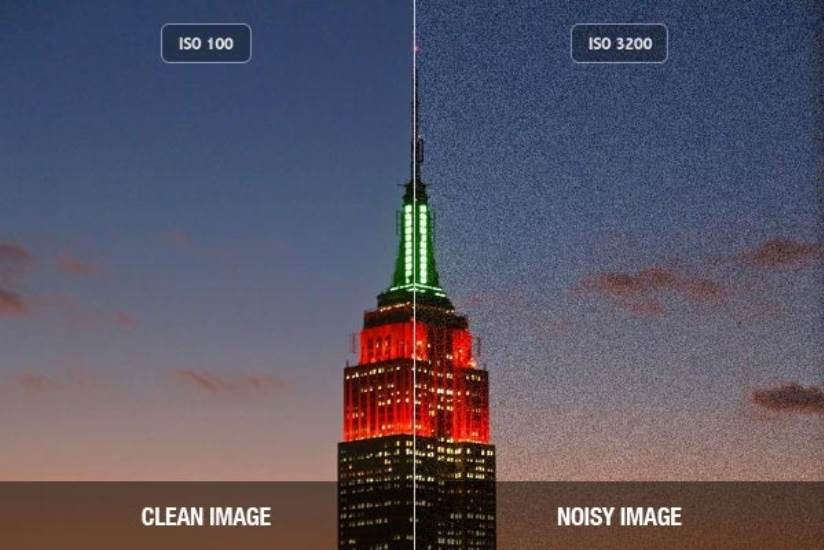
When you are increasing the ISO, it is going to affect the grain and noise levels as well as the dynamic range of the photo.
At the lowest ISO value, your picture will have the lowest amount of noise and the highest dynamic range, which will give you the best experience in post-processing.
However, the higher you go, you keep losing the dynamic range, and there is more noise that is being added into the photo, and the noise is only going to make it harder, and sometimes, almost impossible for you to properly process the pictures when you are in the post.
It is not something that is going to be difficult to master in the first go, but it certainly is something one should spend some time with because the more you learn about the ISO settings and how things work, the better experience you will have when it comes to the actual usage.
What Is ISO Auto?
This is one of the best things that one can run into, and while not everyone is going to be using the feature, the convenience alone makes this feature worth using.
For those wondering what ISO auto is, it simply is a function in the camera that sets the ISO itself based on the scene and the other settings such as the shutter speed and aperture.
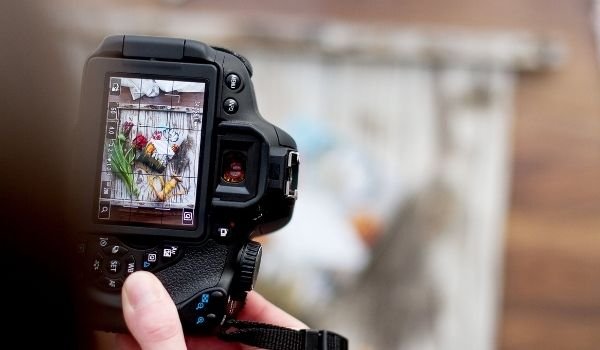
For those who are having a hard time understanding how ISO works, this is a great way of getting started, and you will not have any problems, either.
I can understand that things might be technical for a lot of people, but going this route is only going to help you with how you can manage these things.
Auto ISO is usually a great way to get started whenever you are taking pictures, as it just works and does so really well.
The Effects of Manipulating ISO In Photography
This is something that is a common issue that almost every photographer has to go through, and to be honest, at times, it can be annoying.
The thing is, if you are using a good camera like the Sony A7S III, you do not have to worry about a lot of noise making its way into your pictures or videos because even at higher ISO values, the sensor works well because of just 12-megapixel.
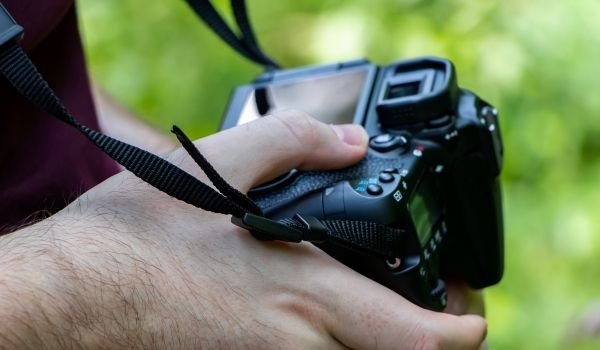
However, the same cannot be said about other cameras with larger megapixel counts. Because contrary to what you might have heard, the bigger the megapixel count, the more noise it introduces in the pictures on a higher ISO.
Below are some of the effects of manipulating ISO in photography.
- Increased Noise: The first one is obvious; the higher you go with the ISO, the more noise you are going to get in your photos or your videos. Sure, you can use post-processing to take out the noise, but that will smooth out the rest of the image, and it will just look bad, and we do not want it.
- Loss of Dynamic Range: With the higher ISO, you are going to realise that the noise that is in the photo because of the higher ISO completely takes away the dynamic range. This creates a lot of issues when you are processing the photo, as any change you make in the post-processing could ruin the overall picture.
- Difficulty in Post Processing: Another thing that you need to know is that whenever you are thinking about manipulating ISO in photography, you are going to run into issues as far as post-processing is concerned. The higher ISO ruins the dynamic range of the photo, and it becomes harder to edit the image or even color grade it.
How Does ISO Affect Shutter Speed And Aperture?
This is a common question that most people ask me all the time. Well, the reason why ISO affects shutter speed and aperture is that they are all part of the exposure triangle.
For starters, you could keep your shutter open and the shutter speed relatively low, as well. This, in turn, would require you to have a smaller ISO value as opposed to a higher one.
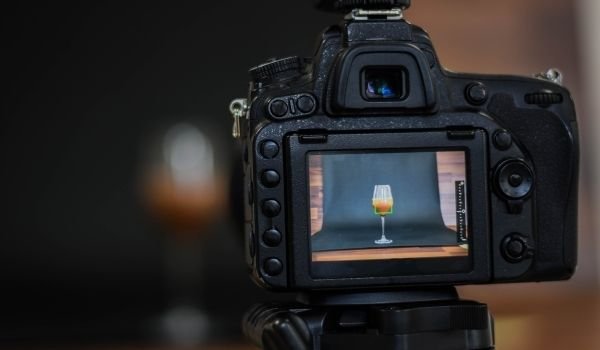
You could also go for a really fast shutter speed, like 1/500th of a second, and a closed aperture of f/13, and that would require you to increase the ISO as well.
The point here is that you are going to need to tinker with these settings so you can have an easier understanding.
What I would highly advise you is that you keep the ISO the lowest in any possible case because that is when you will be able to get the best pictures.
What ISO Should I Use And When? – (Recommended Settings)
Now that you know almost everything about ISO and how it works, you have to look at just what exactly is the best value that you can use.
I wish this was a simple answer because it is not because different cameras work differently when it comes to handling ISO.
Not just that, you also have to understand that different shots require different ISO settings. So, I am going to make it easier for you.
When To Raise The ISO
If you are wondering about raising the ISO, you will have to know that this is going to be in some cases.
Generally, photographers run away from a higher ISO because they know how the pictures or even videos are ruined when the ISO is high. Still, there are some scenes in which having a higher ISO is needed.
For instance, if you are dealing with a scene that is a lot darker and you do not have access to external light, and there is no way you can decrease the shutter speed or open up the aperture, then raising the ISO makes sense as it will artificially introduce more light in the photo. But only do it if
When To Keep The ISO Low
On the other hand, you will have to know when to keep the ISO low because you cannot just keep shooting at a higher ISO all the time as you are going to need to be in a situation where you do not need the ISO to be ridiculously high.
Thankfully, it is rather simple. In any scene where you have enough light (natural or otherwise), You can also lower the ISO in scenes where you are okay with keeping the shutter speed high, and the aperture closed because there is already enough light that can hit the sensor.
A lower ISO is something that we wish to have all the time, but we are already aware that it is not entirely possible.
Wrap-Up:
Understanding ISO for a lot of beginners can be a tedious task, especially if this is your first time dealing with such a setting. I understand that things can get out of hand if you are not being careful about it.
The good thing is that once you are fully aware of how ISO works and what goes into the process, you will be in a much better spot, and you will be able to handle ISO much better in almost every camera you are using.
The golden rule here is that if you can keep the ISO value at the minimum without sacrificing anything about the picture, you should do it as that is the best image you are going to get.
Frequently Asked Questions (FAQs)
Q1- What is the best ISO setting?
Answer: The best ISO setting is the one in which there is not enough noise in the picture or at least no visible noise.
Different camera sensors handle ISO differently, and while some are good at having no noise, even at higher values, this is not the case with every other camera. So, it depends on the camera you have.
Q2- Is higher or lower ISO better?
Answer: Regardless of the situation you are in, having a lower ISO is always better because with a lower ISO, you are not going to run into any noise, and you will have more flexibility in post-processing and working with the dynamic range as well. Which is great to have.
Q3- What happens if ISO is too high?
Answer: When you are setting the ISO too high, you are going to run into a lot of noise in the pictures, and that is never good because that is going to be a problem.
Higher ISO value also ruins the dynamic range, which makes the images and videos really difficult to work on in the post-processing and sometimes impossible.
Q4- How do you know what ISO to use?
Answer: In most cases, you can just tell by looking at the picture through the EVF. If the picture is too dark despite all the other settings, you can go for a higher ISO.
But if the case is the opposite, you can decide to lower the ISO, and you will be able to take a good picture.
Q5- Is 800 ISO too high?
Answer: No, not at all. Sure, some of the older cameras suffered from maintaining good image quality at 800 ISO, but in modern cameras with good sensors, 800 ISO is not at all high and works well for almost all situations.
Q6- Does higher ISO mean more grain?
Answer: Yes, higher ISO does mean more grain. However, as I have mentioned before, this also depends largely on the sensor of the camera and how sensitive it is.
There are a lot of cameras that can shoot at higher ISOs without really having any noise. It is all about what the camera is.
Q7- How does ISO affect a photo?
Answer: An increased ISO adds artificial light to the photo, making it brighter. However, at the same time, having ISO increases the noise that is in the shot but also ends up taking a hit on the high dynamic range, which makes it difficult when you are post-processing the image. Which is not ideal for anyone.
Q8- Which ISO has the best image quality?
Answer: This again depends on your camera sensor and how modern it is when it comes to handling higher ISO. Generally, I believe having the settings at 800 or lower than that is great for the image quality, and you are getting really good photos.
Q9- Does ISO matter when shooting RAW?
Answer: Yes, it matters more so than it would when shooting JPEG. Because when you are shooting RAW, you are doing it with the sole purpose of post-processing it, and doing it wrong is not something that you will have to focus on or work for because things can easily go wrong.
Q10- Does ISO affect sharpness?
Answer: Yes, having a higher ISO can affect the sharpness as you will not be able to edit the image the way you want to, and that is not what I would suggest to anyone.